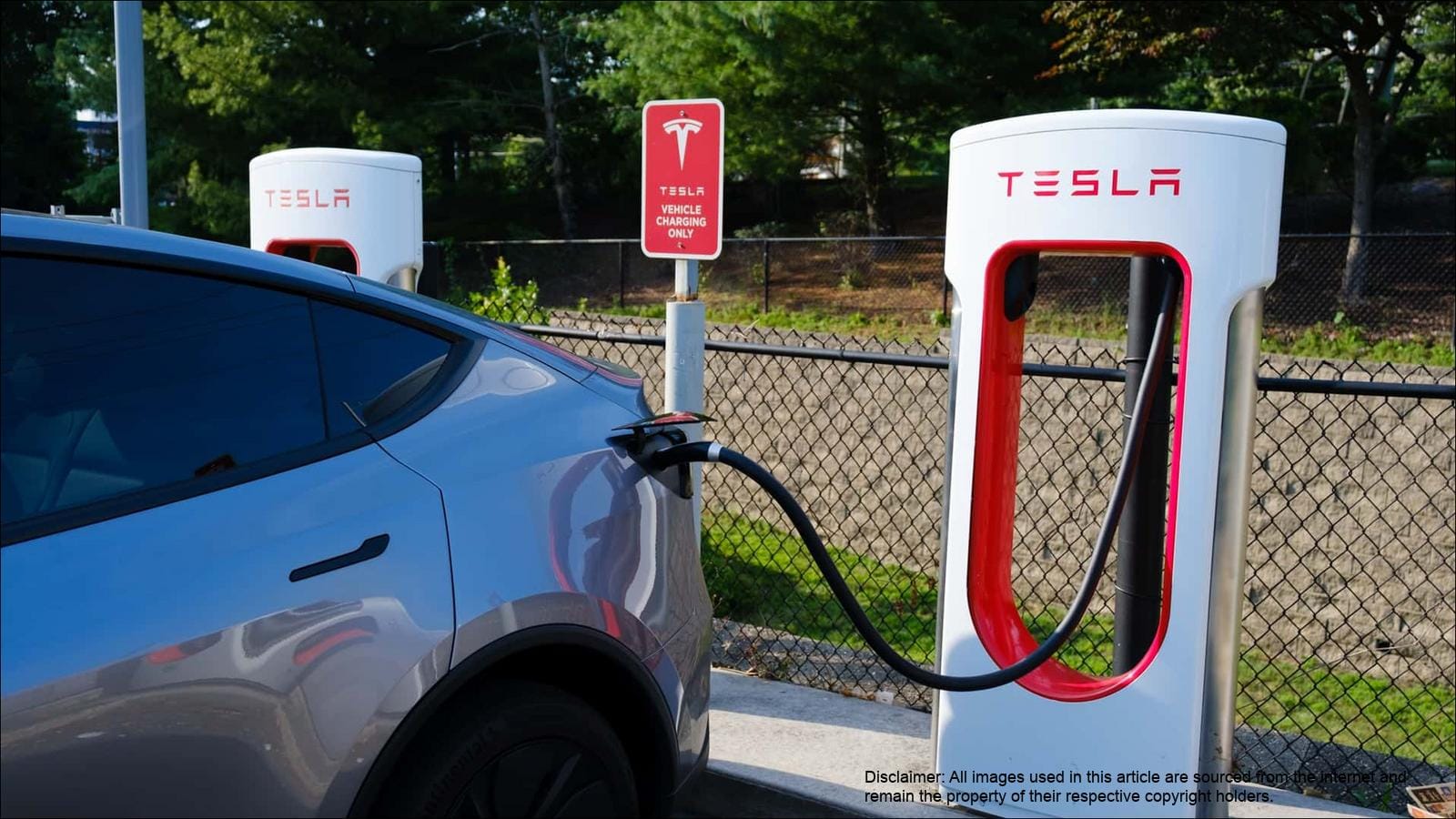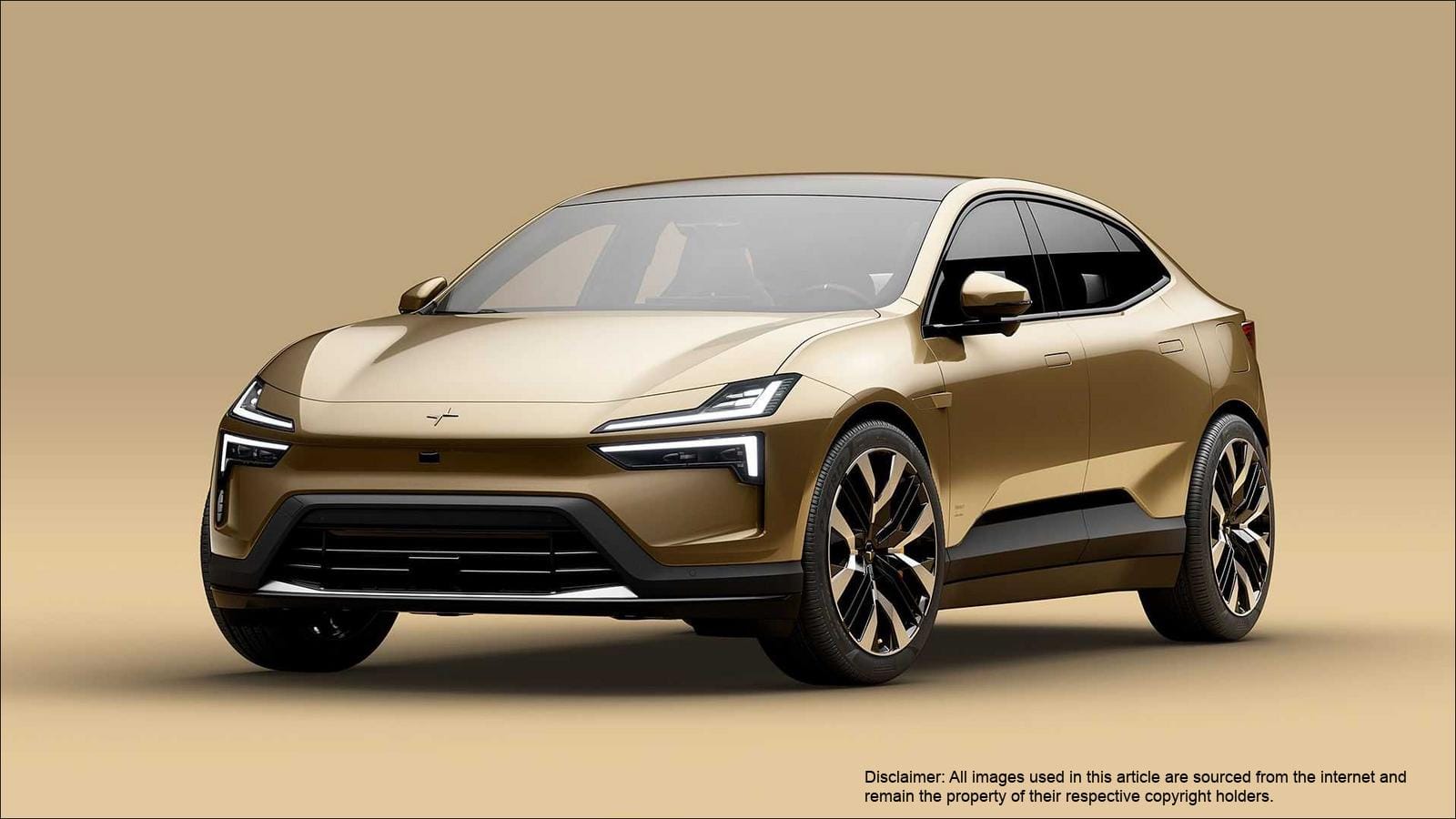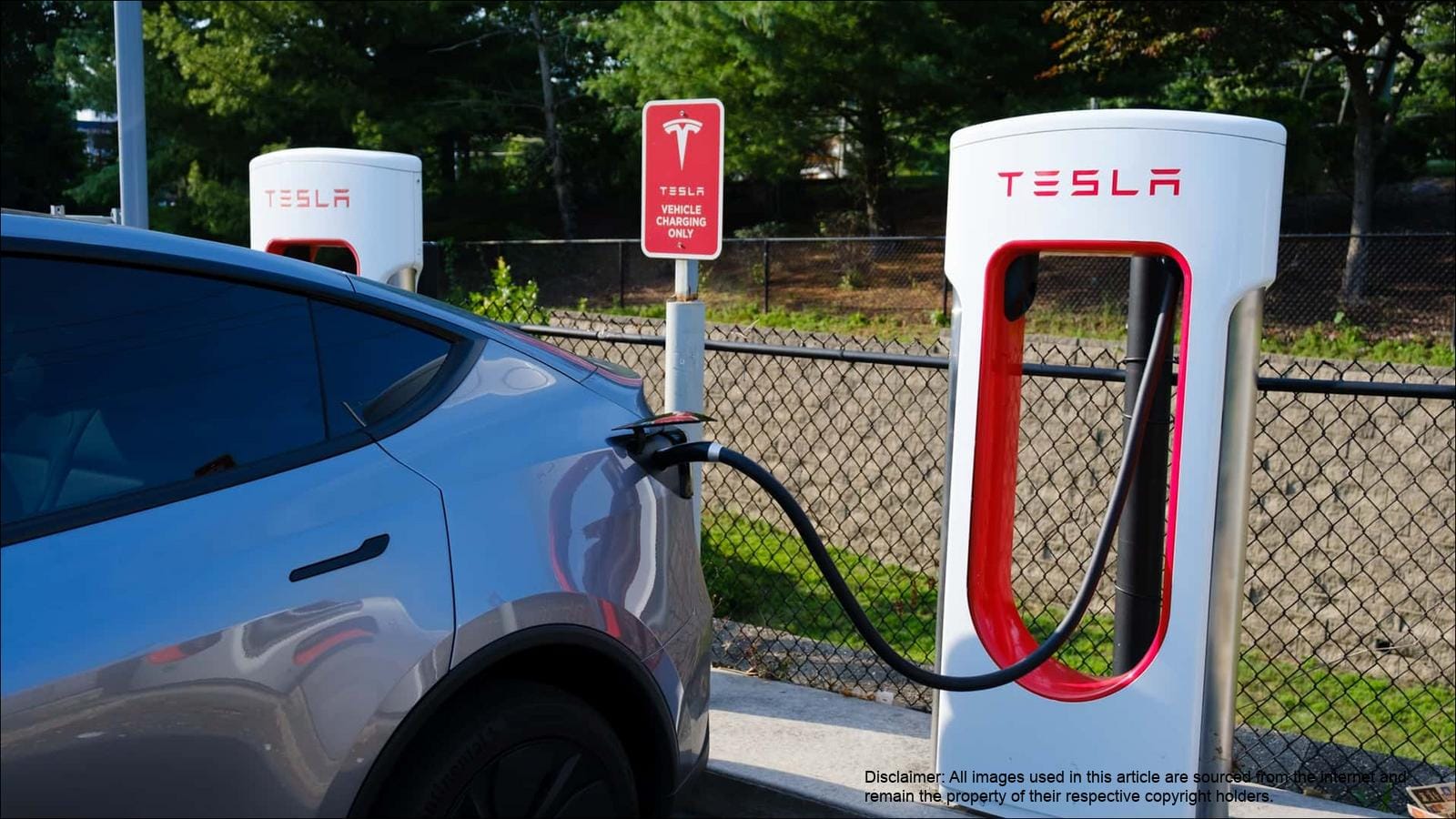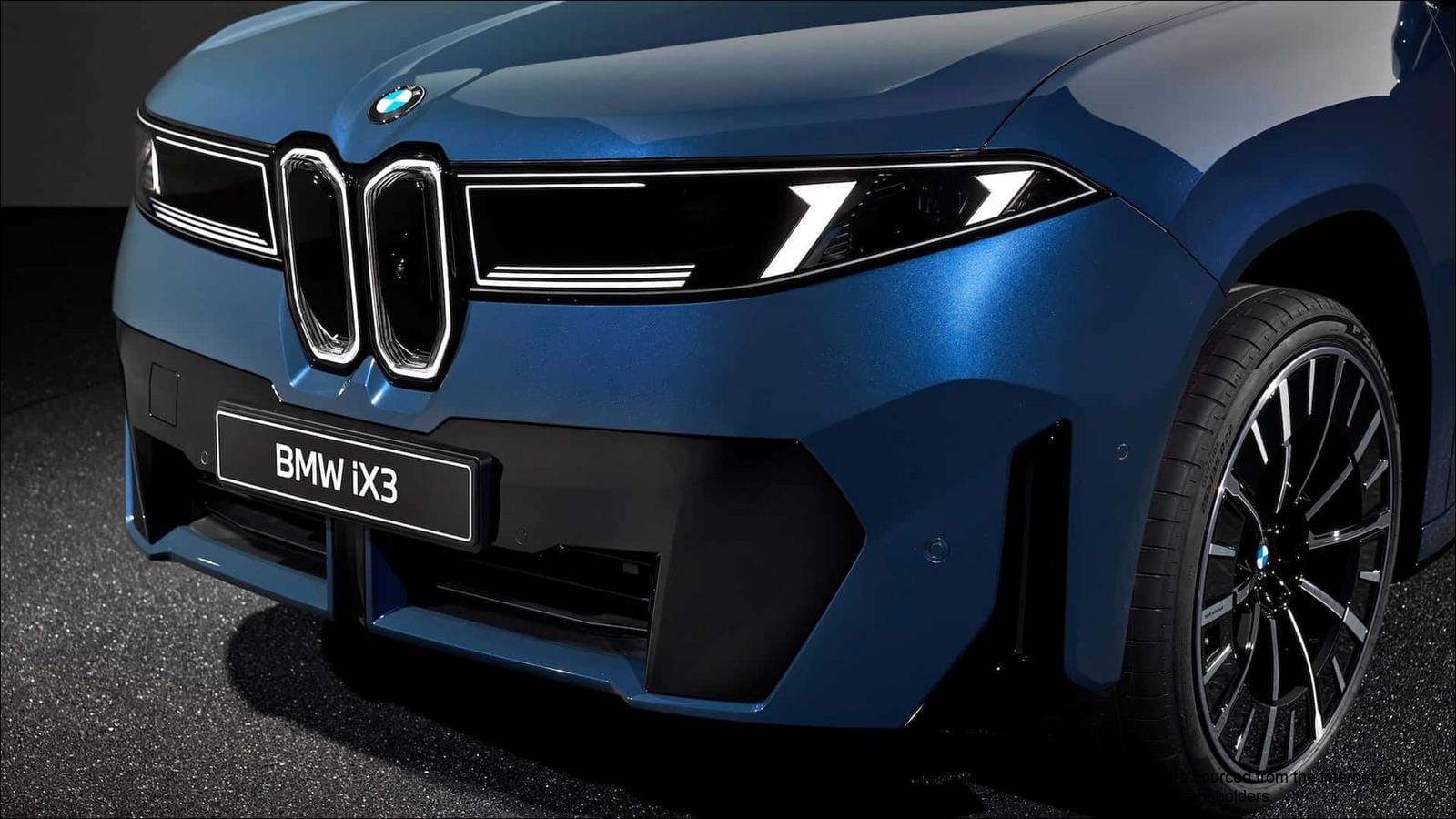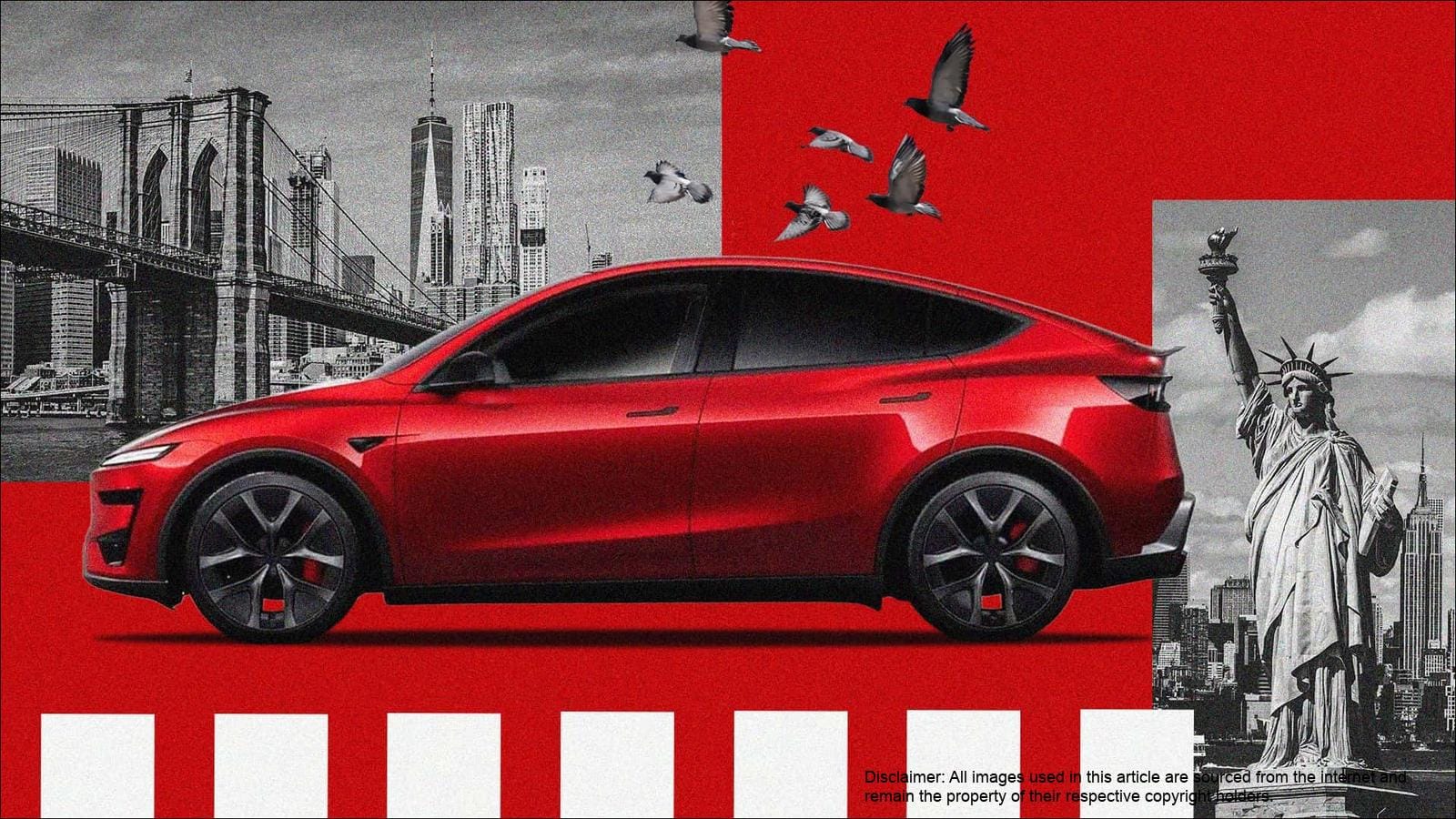The Political Landscape and Future Outlook
The ICCT’s analysis indicates that states like Michigan, Texas, Tennessee, Nevada, Kentucky, and Georgia stand to lose the most jobs if the House bill becomes law. These states have been actively investing in EV and battery manufacturing, and a reversal of pro-EV policies could have significant economic consequences. Despite these potential losses, only two Republicans joined all Democrats in voting against the bill, and that was because they sought even deeper cuts. This outcome underscores the deep political divisions surrounding climate and energy policy in the United States.
For example, Georgia Rep. Buddy Carter, whose district is home to Hyundai’s new EV, hybrid, and battery plant, supported the bill, calling it “fantastic.” Similarly, Nevada Rep. Mark Amodei, despite previously expressing support for preserving the 45X and 30D tax credits, ultimately voted to gut them. This disconnect between rhetoric and action highlights the complex political calculations that often influence legislative decisions.
Now, the bill moves to the Senate, where lawmakers face a July 4 deadline to send it to the president’s desk. The coming weeks and months will be critical in determining whether the battery boom continues or grinds to a halt. The outcome will depend on a variety of factors, including the willingness of moderate Republicans to break with their party, the ability of Democrats to rally public support for pro-EV policies, and the overall political climate in Washington.









